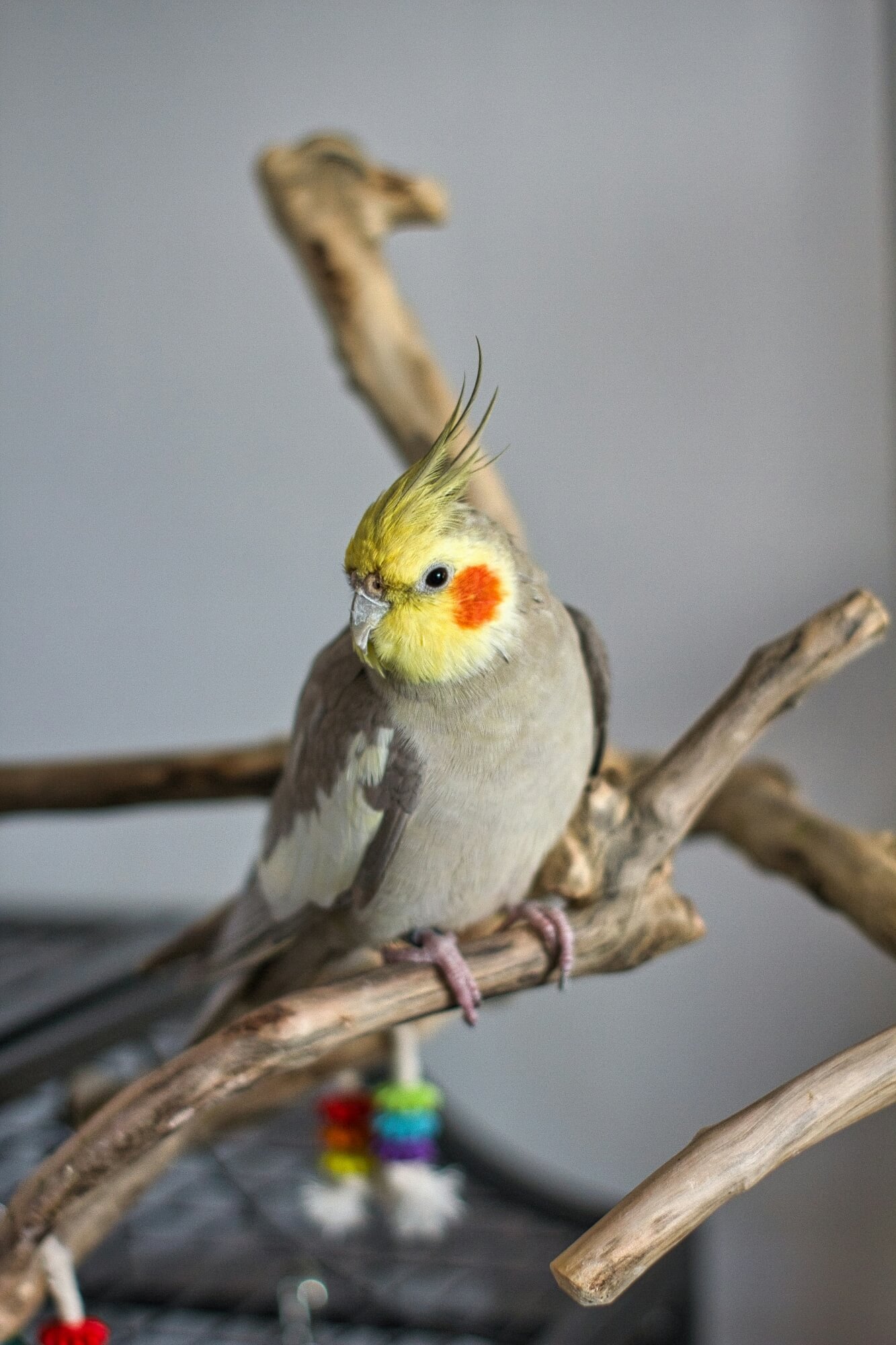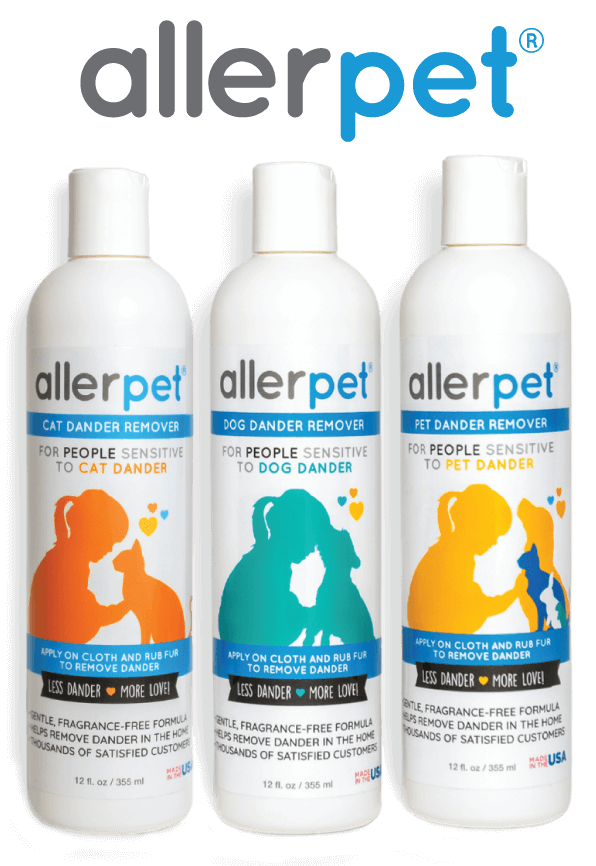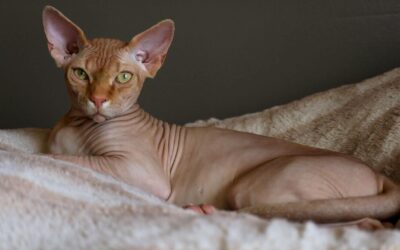Care & Habitat For Your Bird
General Information
There are thousands of species of living birds, although most of the popular pet caged birds belong to two zoological orders: Psittaciformes and Passeriformes. Psittacine birds are all members of the parrot family, including cockatoos, cockatiels, budgerigars/parakeets, lovebirds, African grays, amazons, macaws and lories and lorikeets. They all have rounded bodies with short legs, broad rounded wings, powerful hooked bills, and strong feet with thick, curved claws that (with the help of the bill) are well-suited for climbing.
Passerines are the “perching” birds: the various canaries, finches, sparrows, mynas and over half of the known living bird species, many of which are known for their singing abilities. The distinctive characteristics of the passerines are their relatively small beaks and feet with thin, sharp claws that are adapted for perching.
Care And Grooming
Birds usually keep themselves fairly clean. Most will preen or thoroughly clean their feathers – even very long tail feathers when present – by pulling them, one at a time, through their bills. Some birds will artfully twist and contort themselves so their bills reach all body parts except their heads, napes and throats. In addition to grooming the plumage, birds also spread oil from their preen gland, located near the base of the tail, onto their feathers to help waterproof them.
Physically and emotionally healthy birds spend a great deal of time preening. After the preening sessions (as well as after sleeping), birds will raise their feathers and shake them vigorously to align their plumage into proper order. Unfortunately for allergy sufferers, the twisting and rubbing movements of the head and bill during preening, and the shaking of the feathers can cause a great deal of feather dust to be released into the environment. Birds whose plumage contains powder-down feathers produce significant amounts of dust when their feather tips disintegrate into a fine, white powder, which is so minute that it quickly circulates throughout the house.
All birds molt regularly, gradually replacing their old worn-out feathers with new ones. Molting varies among species: some birds molt continually year-round while others molt once a year. A variety of factors, including time of year, locality, temperature, humidity, diet, sex and laying eggs, influence the molting cycle. It’s normal to find feathers in the bottom of the cage every now and then, but excessive molting and bare skin patches may be a sign of illness. Check with your veterinarian about this, as well as about any periodic trimming of the nails, beak and wings that is necessary.
Bathing Birds
Bathing is an extremely satisfying activity for birds and they enjoy baths or showers a few times a week. It helps them – especially Cockatoos and Cockatiels, get rid of excessive feather dust. It also helps keep the skin and feathers in good condition and, more importantly for allergy sufferers, it helps to reduce the accumulation of feather dust.

The best time to give your bird a bath is immediately before you clean its cage and re-paper the bottom, because the floor covering will undoubtedly get wet and need to be changed. If it’s cold outside, be sure the room is warm – at least 75° degrees F. (23.8° C.) – and draft-free. It’s a good idea to schedule the bath during the morning or afternoon, so that your bird’s feathers are totally dry before bedtime.
Canaries, lovebirds, mynas, and other small birds love wriggling around in containers filled with water. Pet stores sell special bathing cups that clip onto the cage door, or you can simply place a shallow (to prevent drowning) dish on the cage bottom. Fill the container with tepid water, let your bird go in and splash around as much as it wants. Most birds will hop out, shake their feathers and plunge back in again, chirping with delight.
Medium-sized and large hookbills adore “showers,” or a light misting of water from a spray bottle, a couple of times a week, especially on warm days. Fill a clean spray bottle or plant mister with fresh, tepid water. Set the nozzle for the finest mist possible. Hold the bottle about 12 to 15 inches away – don’t point it directly at the bird. Instead, spray into the air above the bird, letting the water drizzle down like raindrops. Some birds may be apprehensive of the sprayer to begin with but in time become so enthusiastic about their showers that they vocalize a lot at the sight of the bottle.
Instead of a plain water bath, another way for allergy sufferers to control the amount of powder that is scattered into the atmosphere, especially for Cockatoos and Cockatiels, is to lightly mist Allerpet Pet Dander Remover onto the bird’s feathers every 2 or 3 days, spraying away from the head and towards the tail. Allerpet will help to condition and add gloss to the bird’s feathers. Allow the plumage to dry naturally or dry with a hair dryer (warm, not hot). Keep the bird away from drafts until completely dry.





